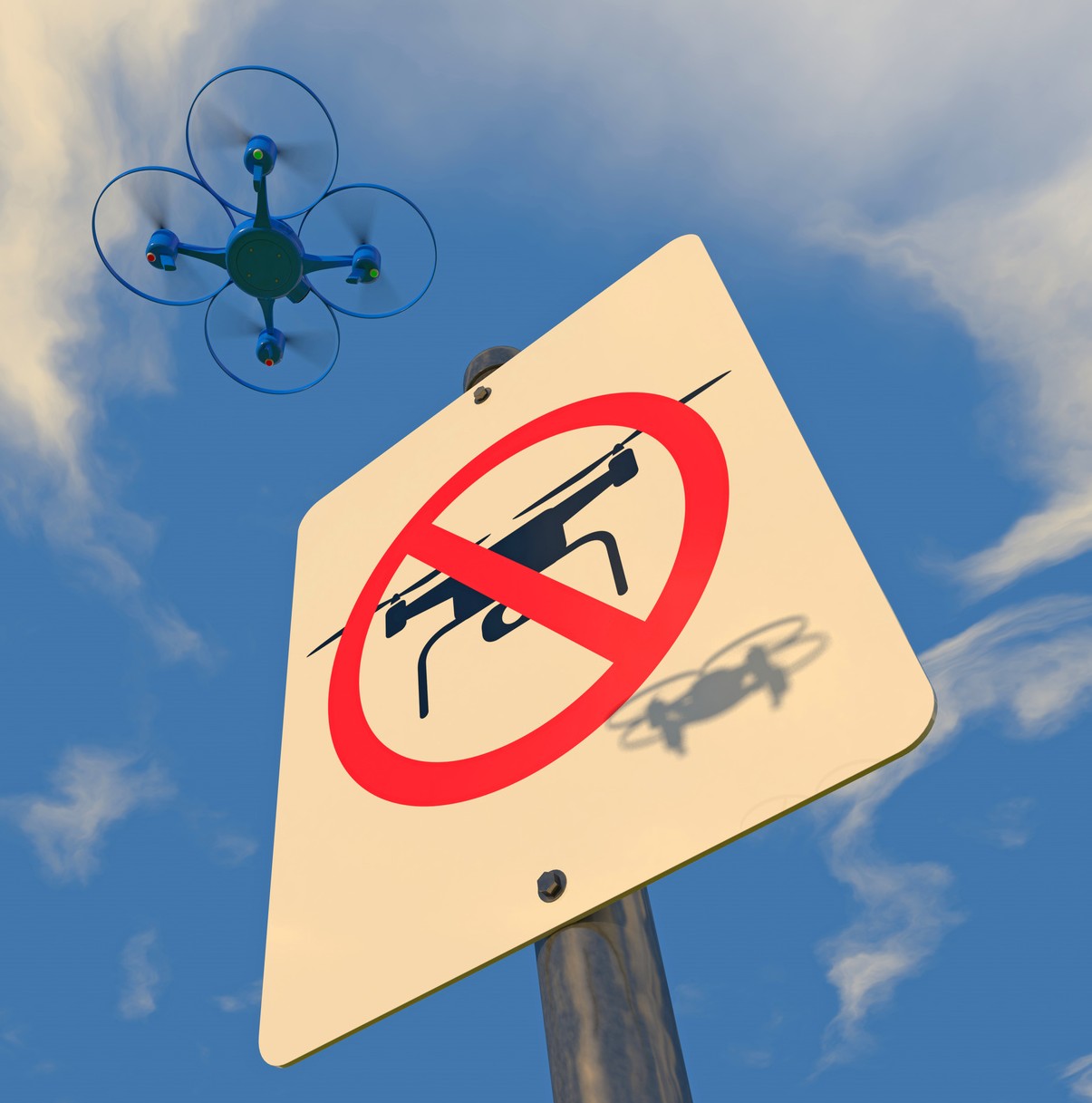Trying to make delivery and inventory management more effective is key to operating any e-commerce store. Two of the world’s top retailers, Wal-Mart and Amazon, have announced plans to use drones for inventory management and reduce delivery costs. China’s industry giant, Alibaba, is testing drones in China, and delivery company, DHL, is already using drones for package delivery in Europe.
What does this mean for the growth of the average eCommerce store?
We want it now
 Consumers have already shown a willingness to pay more to get something they want as soon as possible, whether that is meal delivery, grocery supplies, or purchasing that special something online. With the ease of online shopping, comes the expectation of quick delivery.
Consumers have already shown a willingness to pay more to get something they want as soon as possible, whether that is meal delivery, grocery supplies, or purchasing that special something online. With the ease of online shopping, comes the expectation of quick delivery.
Millennials in particular, appear to like faster shipping. A report by consultancy firm PwC noted that this generation spends four times as much as their parents in order receive orders the next day. Future generations of shoppers are likely to be even more comfortable with technology, new communications channels, and social media platforms. Drones have been predicted to unlock the growth potential of the e-commerce industry by removing any existing bottlenecks to final delivery schedules.
Better customer satisfaction
While the use of drones, or unmanned aerial vehicles (UAV), is still at the experimental stage for the e-commerce industry, it is recognized as a trend that could benefit e-commerce stores and their customers in the not-to-distant future.
Drones could improve customer service with fast, no-hassle deliveries. Retailers would own and operate their own fleet of drones, rather than being dependent on third-party delivery companies, such as FedEx or DHL. Customers could conceivably have products delivered to wherever they are, be it at home, at the office, in the RV, or on the boat.
Consumer satisfaction is bound to increase based on the premise that you don’t need to be at home or even at work to take delivery. Notify the e-commerce store where you’ll be at any given time, and a drone will drop your parcel off at a pre-determined time.
Help for profit margins
Amazon has long embraced the reality of increased volume equals increased bottom line. Most e-retailers deal with the same issues of keeping costs down in order to increase profit margins. As the drone technology improves and the expense drops, significant savings could be achieved by any e-commerce store.
Drones can be used in a number of ways from dropping that parcel almost literally at the feet of a consumer within an hour or so of ordering, to accurately recording and monitoring inventory. Wal-Mart, the world’s biggest retailer and looking to increase its online sales, is already implementing a drone strategy to keep track of inventory in its warehouses.
According to a recent study by the Center for Supply Chain Innovation at Auburn University, 45 percent of retailers acknowledged challenges with inventory planning for online stores. E-commerce stores face the reality of fluctuating demand by consumers and the need to keep close control over inventory. Automating the inventory control process through the use of drones can help with timely re-ordering.
In addition, it’s been estimated that in warehouses without automation, almost 80 percent of employee time is spent picking and packaging. Workers can also spend up to 70 percent of their day walking aisles between shelves to select merchandise to fill orders.
Drones can easily take care of both the inventory and packaging tasks. Together with automated delivery, drones can have a positive effect on the e-retailer’s bottom line.
Drone challenges

In 2016, the biggest challenge for the e-commerce use of drones is government regulations. Regulators struggle with the logistics of allowing drones for a myriad of purposes such as deliveries, traffic control, asset management and agriculture to name a few.
However, once society can come to grips with how to regulate and operate drones, the biggest challenge is likely to be managing consumer expectations. If e-commerce retailers can reliably and cost-effectively fill and deliver orders in less than an hour, consumers will come to expect every purchase being delivered that quickly.
Given time, drone deliveries could become a common consumer expectation, just as the current next-day delivery option by the Amazon Prime service. E-commerce stores that can’t provide the service will likely lose customers, and by extension sales, to those that can.
